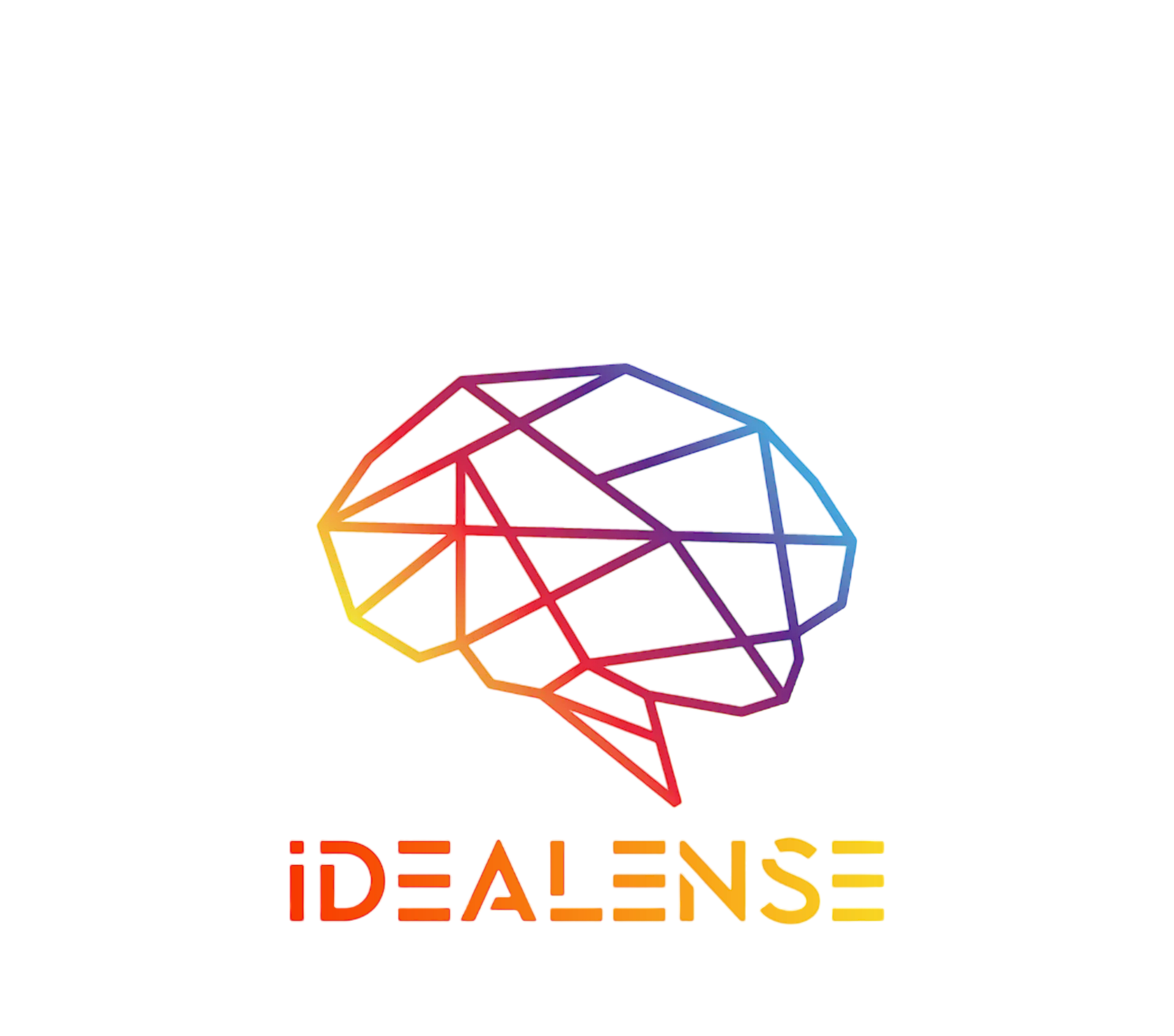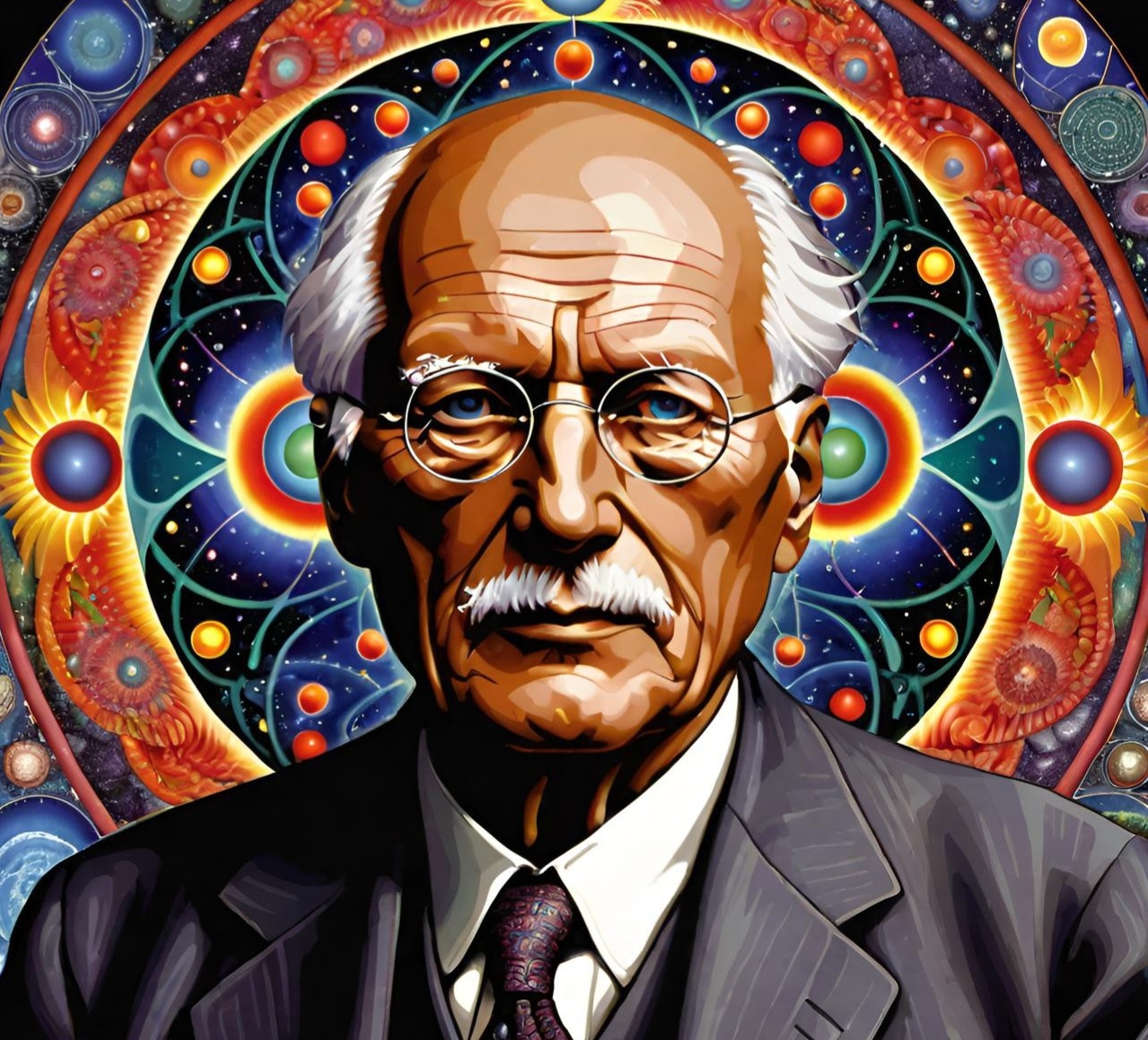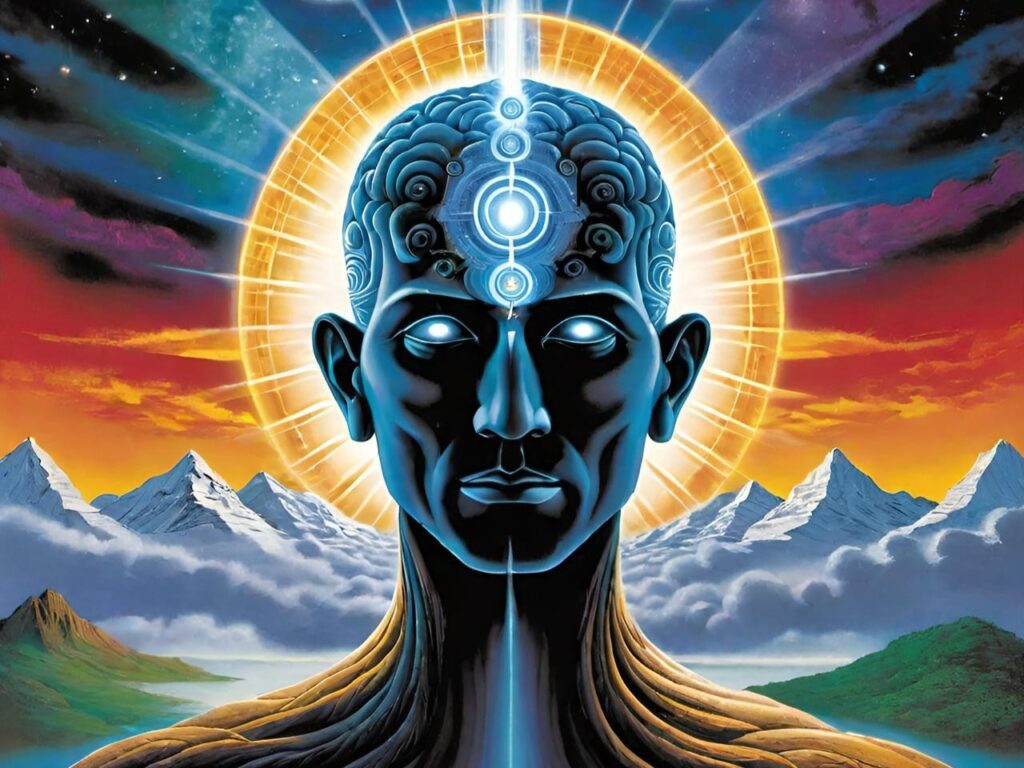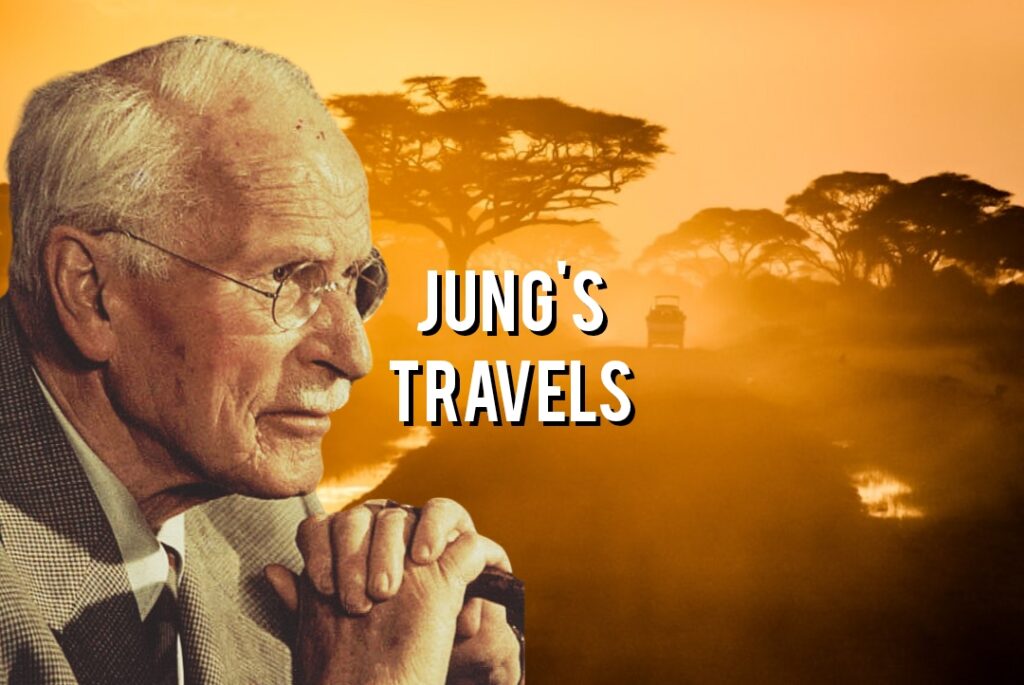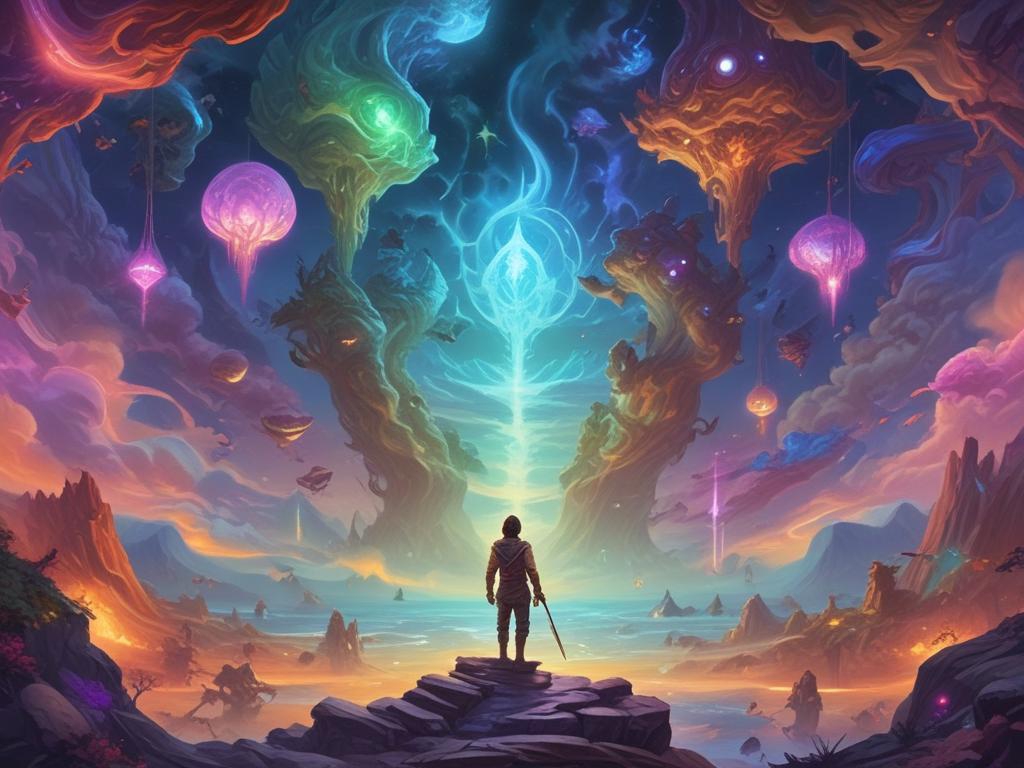Carl Gustav Jung, the Swiss psychiatrist and psychoanalyst, is revered for his profound contributions to psychology, particularly through concepts such as the collective unconscious, archetypes, and individuation. However, one of the most intriguing aspects of Jung’s work is how he explored altered states of consciousness and deep psychological insights without the use of psychedelics. This article delves into the mechanisms through which Jung achieved psychedelic-like experiences and the implications of his methods for understanding the human psyche.
Take the unconscious in one of its handiest forms, say a spontaneous fantasy, a dream, an irrational mood, an affect, or something of the kind, and operate with it. Give it your special attention, concentrate on it, and observe its alterations objectively.
C.G Jung
The Inner Landscape of the Psyche
Jung believed that the psyche is a vast and complex landscape, rich with symbols and archetypal images. He understood that accessing deeper layers of consciousness could unveil profound insights into the self and the collective human experience. Unlike the direct and often chemically induced experiences of psychedelics, Jung’s approach relied on introspection, dream analysis, and creative expression to navigate this inner terrain.
Active Imagination: A Gateway to the Unconscious
One of Jung’s primary techniques for exploring the unconscious was through a process he termed “Active Imagination.” This method involved engaging with the images, symbols, and narratives that arise from the unconscious mind, often facilitated by dreams or spontaneous thoughts. In Active Imagination, Jung encouraged individuals to enter a dialogue with these inner images, allowing them to unfold and evolve organically.
This technique resembles psychedelic experiences in that it can lead to profound insights, emotional catharsis, and transformative realizations. By consciously engaging with the unconscious, individuals can access archetypal symbols and themes, gaining a deeper understanding of their psyche and the human condition. In this way, Jung achieved psychedelic-like experiences—immersive encounters with the unconscious—without any external substances.
Dream Analysis: Unlocking the Symbolic Language of the Unconscious
Jung placed great importance on dreams as a means of accessing the unconscious. He believed that dreams communicate in a symbolic language that reflects the dreamer’s inner conflicts, desires, and archetypal patterns. Through meticulous dream analysis, Jung interpreted these symbols, revealing insights that often paralleled the experiences reported by individuals under the influence of psychedelics.
In his clinical practice, Jung would encourage patients to recount their dreams and explore their meanings, helping them to integrate these insights into their waking lives. This process not only facilitated personal growth but also tapped into the collective unconscious, the shared reservoir of human experiences and symbols. The vivid and often surreal nature of dreams can evoke experiences akin to those induced by psychedelics, providing a profound sense of connection to oneself and the universe.
Creative Expression: Art as a Portal to the Psyche
Jung recognized the power of creative expression as a means of exploring the depths of the psyche. He often engaged in painting, drawing, and other artistic endeavors to access and articulate his unconscious thoughts and feelings. This creative process allowed him to manifest inner experiences in a tangible form, akin to the visual and emotional revelations that can occur during psychedelic experiences.
Art, in Jung’s view, served as a bridge between the conscious and unconscious mind. By externalizing the internal landscape, individuals could confront and integrate their experiences, leading to healing and self-discovery. Jung’s own artistic explorations, such as his mandalas, exemplify how creative expression can evoke profound psychological insights, paralleling the transformative potential of psychedelic experiences.
The Role of Myth and Religion
Jung was deeply interested in mythology and religion as expressions of the collective unconscious. He believed that myths and religious symbols resonate with universal human experiences and serve as pathways to deeper understanding. Through the study of these narratives, Jung explored themes of transformation, rebirth, and the search for meaning—elements often encountered in psychedelic experiences.
By examining the symbolic language of myths and religious traditions, Jung engaged with archetypal themes that resonate across cultures and time. This exploration fostered a sense of connection to the larger human narrative, evoking feelings of transcendence and unity that are frequently associated with psychedelic states.
Conclusion: The Psychedelic Experience Within
C.G. Jung’s exploration of the psyche demonstrates that profound psychological and spiritual experiences need not rely on external substances. Through techniques such as Active Imagination, dream analysis, creative expression, and the study of mythology, Jung accessed altered states of consciousness that offered insights into the inner workings of the mind and the shared human experience.
In a contemporary context, as the interest in psychedelics resurges alongside a growing understanding of mental health and consciousness, Jung’s methods remind us of the rich inner resources available for exploration and healing. By turning inward, we can embark on our own journeys into the depths of the psyche, discovering the transformative potential that lies within each of us.
